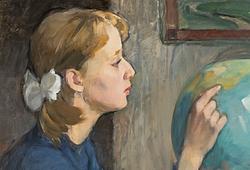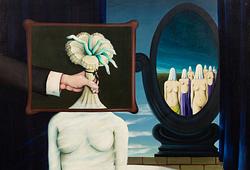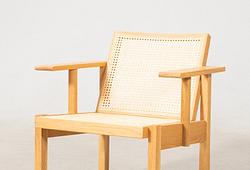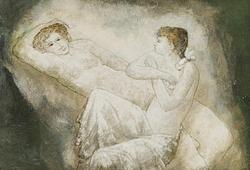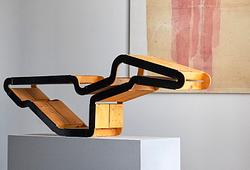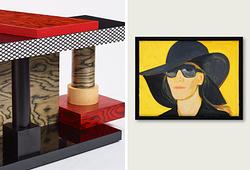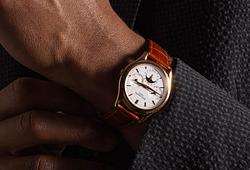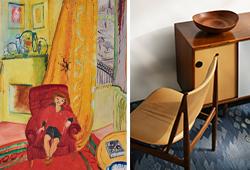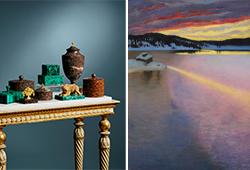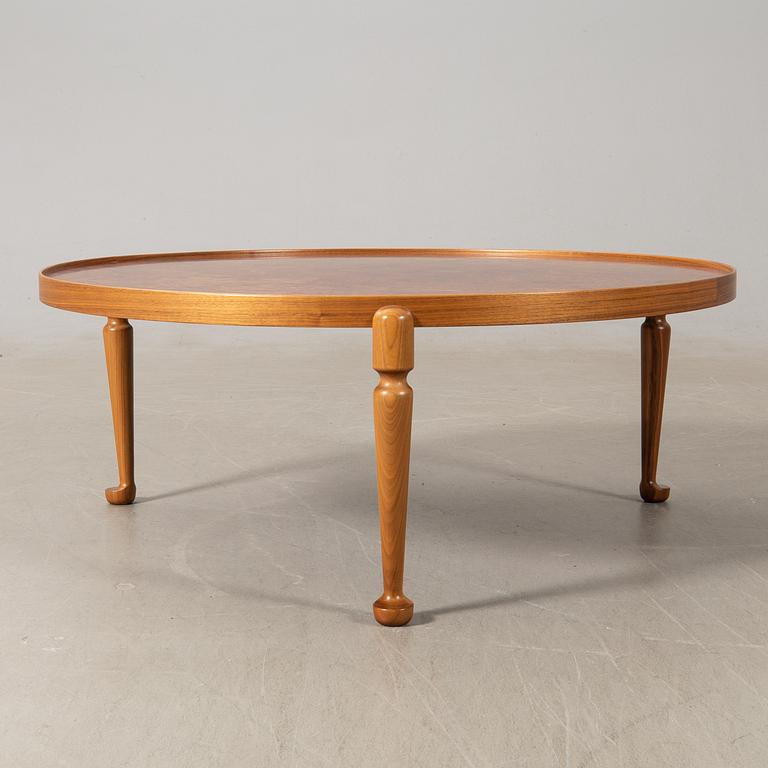Josef Frank
Josef Frank,
Legs and frame of walnut, top veneered with elm burl, diameter 120 cm, height 48 cm, branded and marked with a metal label.
Merkityksetöntä pintakulumaa.
Muut tiedot
Certificate included dated 7/9-17
Josef Frank had a fondness for the round shape. It recurred constantly, both in the windows of his architectural works and in his many mirrors and tables. Coffee table 2139 combines the round form with Josef Frank's characteristic edge. The table's stylised legs are derived from the Queen Anne style that was prevalent in England during the early part of the 18th century. The three legs taper downwards, creating an airy impression that is enhanced by the "waist" above. Mixing different materials was also characteristic of Josef Frank's design, and by having the top made of elm burl and the edge and legs in walnut, he aimed to create a lively expression. The table was designed in 1952 for Svenskt Tenn.
Suunnittelijat
Josef Frank was born in Austria and studied architecture in Vienna. As an architect, he worked with private home areas, villas and apartment buildings. In 1925 he started his own interior design firm Haus und Garten together with two architect colleagues. In connection with the advance of the Nazis, he emigrated to Sweden and was employed in 1934 at Svenskt Tenn. After the outbreak of World War II, Josef Frank, who came from a Jewish family, was forced into exile in New York. At Svenskt Tenn, he made an impact on the product range for four decades; especially when it comes to furniture and fabric prints.
Lue lisää



